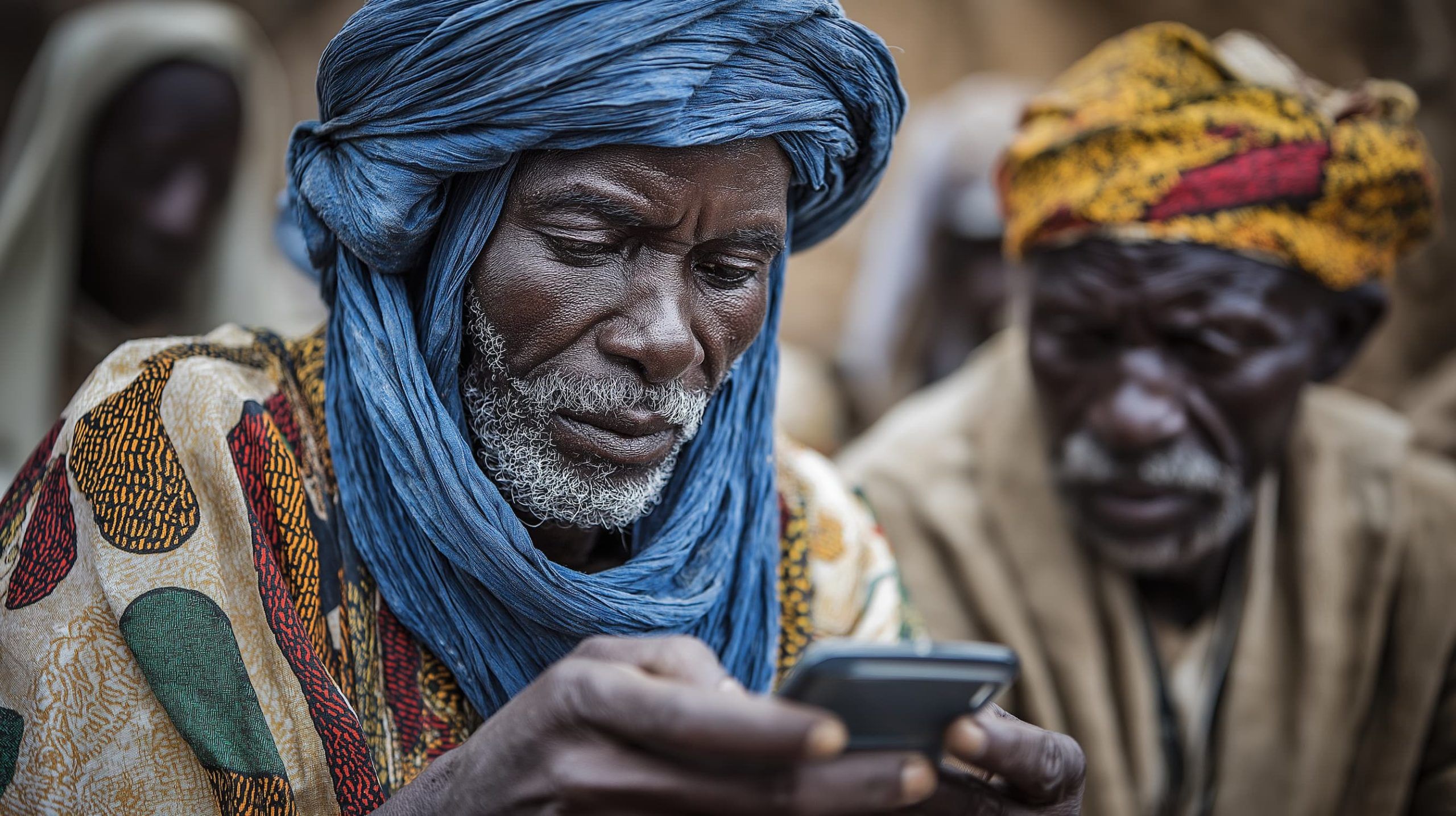
Dolby Vision 2 Unveiled: AI HDR Revolution or Just Hype? (What It Means for Your TV)
What Exactly Is Dolby Vision 2? How It Differs from Original Dolby Vision More than ten years after Dolby Vision first launched, Dolby Vision 2 marks the next generation of Dolby’s high dynamic range (HDR) video technology theverge.com. The original










